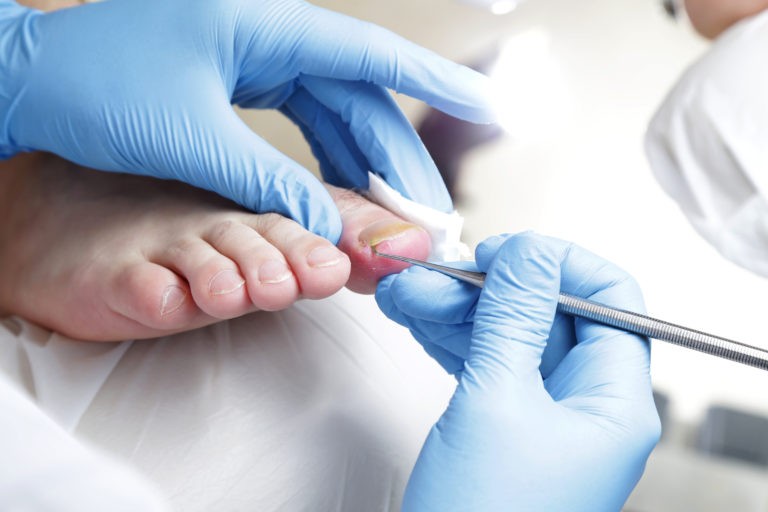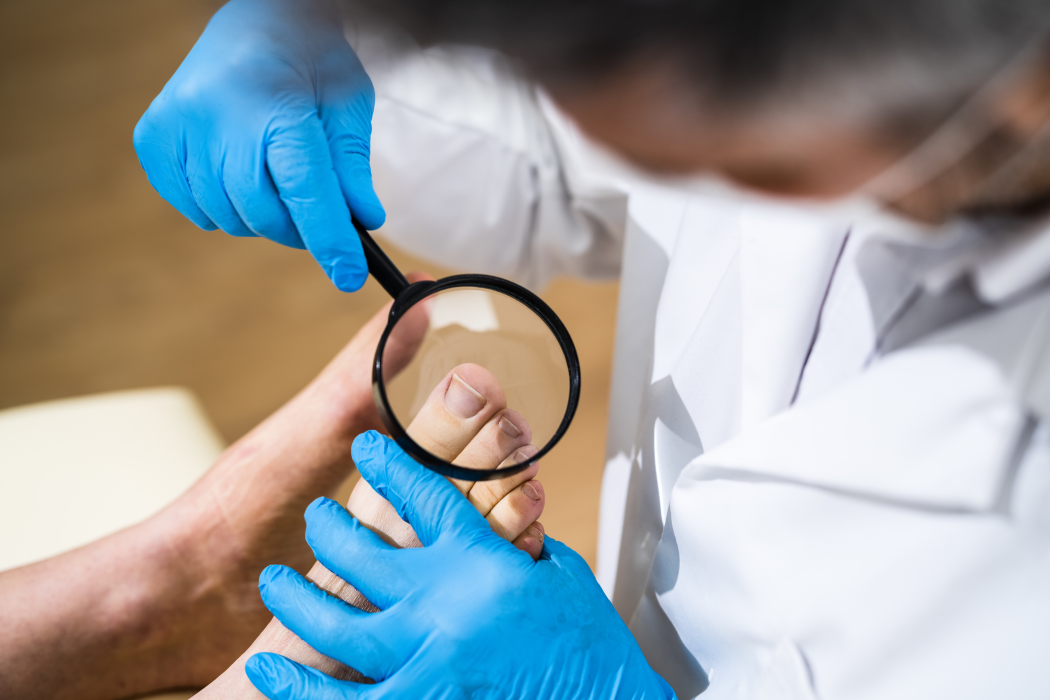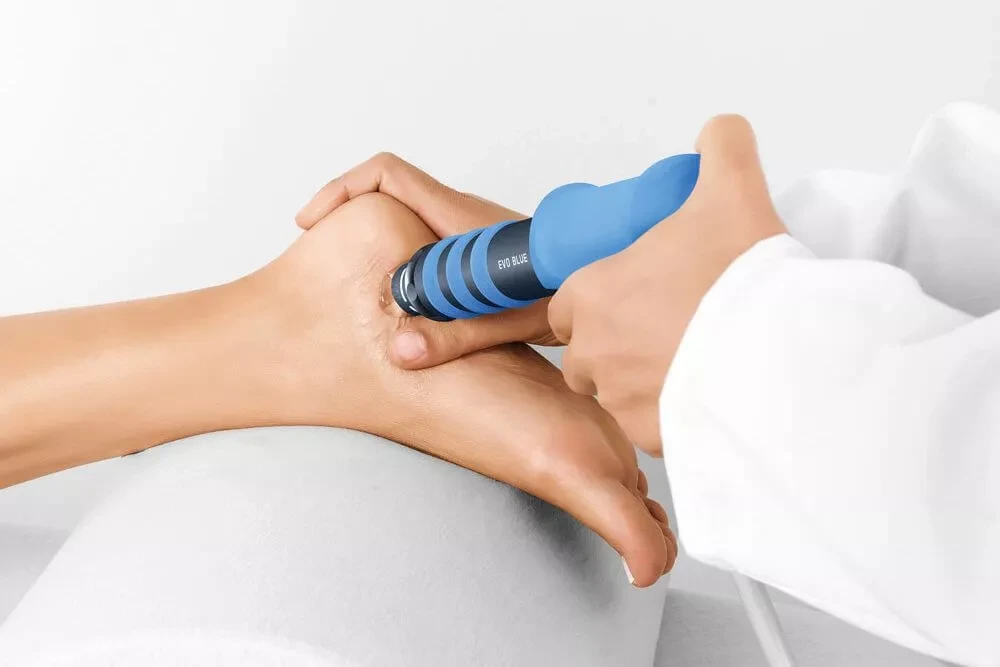

For many Kiwis, ingrown toenails are a persistent and painful condition that significantly impacts their daily life. While some cases can be managed with conservative measures like trimming back the nail carefully, either at home or with the help of your podiatrist (recommended) there are instances where a more permanent solution is required. The Partial Nail Avulsion (PNA) procedure is the #1 treatment that offers lasting relief by permanently fixing the problem – but could it be right for you? Here are the signs that indicate that a PNA may be the most suitable course of action for you.
Before exploring the signs that your ingrown nail warrants permanent correction, it’s crucial to understand what ingrown toenails are. An ingrown toenail occurs when the edge of the toenail, usually the big toe, grows into the surrounding skin instead of over it. This condition often leads to pain, redness, swelling, and in severe cases, infection. Several factors contribute to the development of ingrown toenails, including improper nail trimming, tight-fitting footwear, trauma to the toe, and having a genetic predisposition. Recognising these causes is essential for preventive care and determining when more aggressive intervention is necessary.
In the early stages of an ingrown toenail, conservative treatments may be sufficient. Gently lifting the ingrown edge with a sterile instrument and trimming it before it has penetrated deep into the skin is one option, although many people wait too long meaning they are unable to remove the nail from the skin. Wearing comfortable, open-toed shoes can provide relief, though it doesn’t address the problem. Soaking the foot in warm water or Epsom salts is another strategy that may offer some temporary relief, though it gets you no closer to lasting improvement or future prevention.
Signs that the partial nail avulsion procedure could be right for your ingrown nails include having:
The PNA procedure is a small surgical procedure performed by a qualified podiatrist. The goal is to safely and seamlessly remove a portion of the ingrown toenail, including addressing the nail matrix responsible for nail growth so that no new ingrown nail returns in its place. This prevents the problematic portion of the nail from regrowing, offering a long-term solution to ingrown toenails.
While living with the discomfort and pain of ingrown toenails can significantly impact your quality of life, recognising the signs that indicate the need for a more permanent solution, such as the Partial Nail Avulsion (PNA) procedure, is crucial to ensure you get the right care that addresses your needs. If you find yourself experiencing recurrent ingrown toenails, chronic infections, persistent pain, or limited daily activities, consulting with a qualified podiatrist can help determine whether PNA is the right course of action for you. By opting for a permanent correction, if it is safe and right for you to do so, you can enjoy lasting relief and regain control over your foot health and support your overall well-being.

We treat a lot of ingrown toenails here at the Auckland Ingrown Toenail Clinic. So, with approximately 10% or more of the adult population harbouring a fungal nail infection, it’s not uncommon that we see many ingrown toenails where a stubborn nail fungus has also infiltrated the nail. So how can you tell, what can […]

Shockwave therapy is a gold standard treatment used to help achieve the best clinical outcomes for musculoskeletal injuries and pain – and we’re very proud to now offer it to our patients here at Perform Podiatry.

While many of the cases we see here at the Auckland Ingrown Toenail Clinic are fairly standard, there are a few that vary greatly from the ‘norm’, and could have resulted devastating consequences if they had been left untreated under the hopes that the ingrown nail would “go away on its own”, something many people […]
Keeping your family on their feet and helping them to walk, run, play and exceed their goals is why we love getting up in the morning.
We're located inside the One Health medical centre at Building 122 Remuera Rd, Remuera, Auckland 1050, New Zealand
| MON - SAT | 8:30am – 6:00pm |
| SUN | Closed |
Make an Appointment
Online Schedule